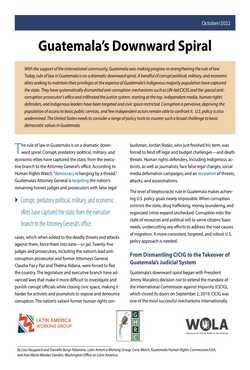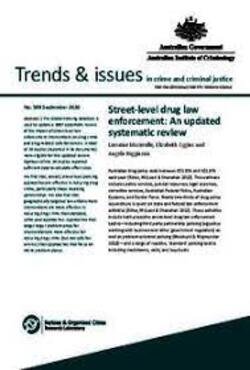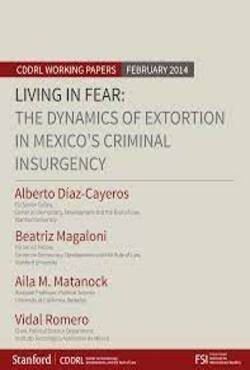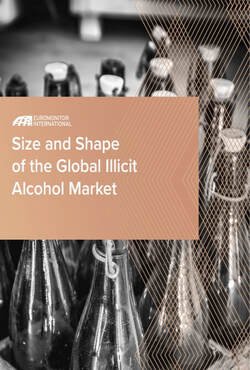By The International Alliance for Responsible Drinking (IARD)
Alcohol production and trade exist both within and outside of government regulation; the relative size of each depends on the region of the world and social, cultural, and economic factors. Both segments are well established and people often – knowingly and unknowingly – interact fluidly with both of them. The regulated alcohol market is recorded in government statistics; unregulated alcohol, which is largely illegal, is more difficult to assess and falls into the “unrecorded” sphere (see Taxonomy of Unregulated and Unrecorded Alcohol). This segment is complex and diverse and includes everything from high-quality artisanal homebrew to illicit drinks that may contain methanol or other toxic ingredients. In 2014, the World Health Organization (WHO) issued its Global Status Report on Alcohol and Health and estimated, based on 2010 figures, that unrecorded alcohol made up an average 25% of all alcohol consumed worldwide [2]. Alcohol produced and sold illegally outside of government regulation is the most problematic part of unrecorded alcohol; it is untaxed, circumvents restrictions around availability, is of inconsistent quality, and, depending on the ingredients used to make it, is even potentially toxic. This report considers these wide-reaching implications and brings together recent data on the illicit market, compiled by the global market research firm Euromonitor International. While illicit alcohol is also widespread across Asia and parts of Europe, this report focuses on data from Africa and Latin America. Unregulated alcohol is more widespread in lower-income countries than in more affluent ones. Yet, whether in mature or emerging economies, it is largely consumed in some of the world’s poorest communities and, because it lacks quality and production standards, may contribute to an already significant problem of ill health. While home-produced artisanal alcohol may be part of cultural heritage and largely unproblematic, the illicit sector is not only large but also comes at a significant cost. HUMAN COST: The deaths in early 2018 of almost 150 people in Indonesia from poisoning by adulterated alcohol serve as a reminder that unregulated alcohol can cost lives
Washington, DC: The International Alliance for Responsible Drinking (IARD), 2018. 16p.




















